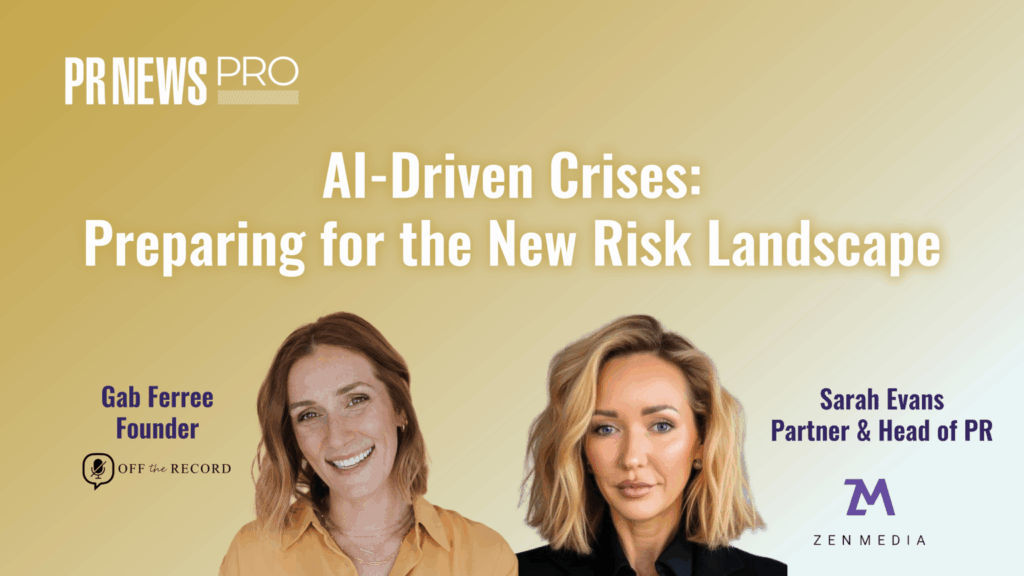IN OUR OPINION awards programs should present the best work that’s been done, not provoke the question, “Is that the best an awards program can do?”
Case in point: the ADDYs.
The ADDYs are the annual awards of the American Advertising Federation (AAF). Now 30 years old, the awards include direct marketing. The AAF’s definition of DM is somewhat elastic, but since the ADDYs are its awards, we suppose it can define direct any way it wants to.
The awards are given solely for the quality of the creative. That may shock DMers for whom creative excellence is measured in direct proportion to response rates. Indeed, an excellent argument can be made that response rates are the only way to measure whether the creative is “hot” or not.
Still, ignoring such considerations may not be that bad an idea. Our own industry awards have grappled with the issue several times. Some of you may be old enough to remember a legendary board meeting of one awards organization in which several winners and agency owners claimed the response rates accompanying the entries were fudged, if not out-and-out fiction.
Skipping the response rates removes the integrity question-and here, levels the playing field.
Regardless of whether response rates are included in the judging, no organization has yet figured out how to run an awards program without judges or judging, however desirable some may feel that might be. Nevertheless, it gave us pause to notice that two of the big winners in the ADDYs were BBDO and Bozell Worldwide, which were also the affiliations of two of the seven judges.
We are not claiming conflict of interest. After all, the two biggest winners-Cliff Freeman and Partners, New York, and Fallon McElligott, Minneapolis, with seven ADDYs each-have no obvious connection to any of the judges.
However, all the judges do work for agencies. Surely it would look more impartial if some academics or journalists were included?
Sadly these musings, and more, come to mind and shadow two interesting campaigns, both worthy of notice. Bill Brokow Advertising, Cleveland, took business-to-consumer DM campaign honors for Infodata Inc., a high-tech private investigations firm, and BBDO Miami won in the DM, non-English, B-to-B single category for Tome Nota, part of a Visa International effort.
The winner for Tome Nota raised questions of his own. Creative director Lane Atkins wanted to know exactly what he had won. And also why the judges chose Tome Nota, since it was one-third of a larger campaign-and, he says, the weakest part.
The campaign for Visa International was targeted at 350 banks in South America and the Caribbean. Visa was pitching Visa Platinum-in Latin America a more exclusive card than in the United States-to its better customers.
With art director Ines Suarez, Atkins created a campaign to differentiate the card as being more than “a gold card painted silver.” The card, for example, has a computer chip in it, allowing for more sophisticated uses.
The packages were presented three to four weeks apart. The first two had separate English, Spanish and Portuguese versions; the last was “trilingual,” as Atkins called it.
The first piece, Tome Nota, included a Post-It pad and holder-the title means “take note.” The second piece was a yo-yo. The copy included such phrases as “Customers may come and go…” The third was a clock delivered to the bank executive’s hotel room after he or she “bought” the timepiece using a microchip-enhanced Platinum Visa card during a convention demo.
Our verdict? We disagree with Atkins that Tome Nota is a weak piece. But we do think the campaign is more than the sum of its parts, and a good example of how direct can jump-start, if not drive, an integrated campaign.
Brokow’s Infodata effort used postcards to promote a company that does background checks-on prospective nannies, employees or dates, for example.
Our verdict: Is this really DM as we understand DM to be? Would we order a background check by phone or would we make an appointment to discuss Infodata’s fees and services first?



